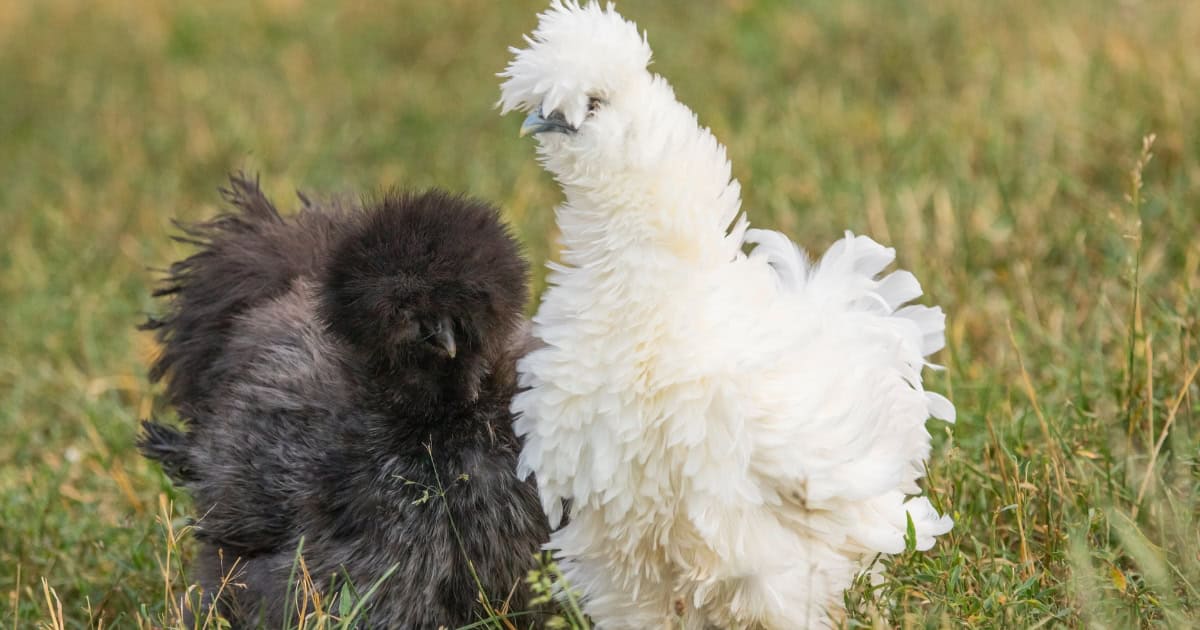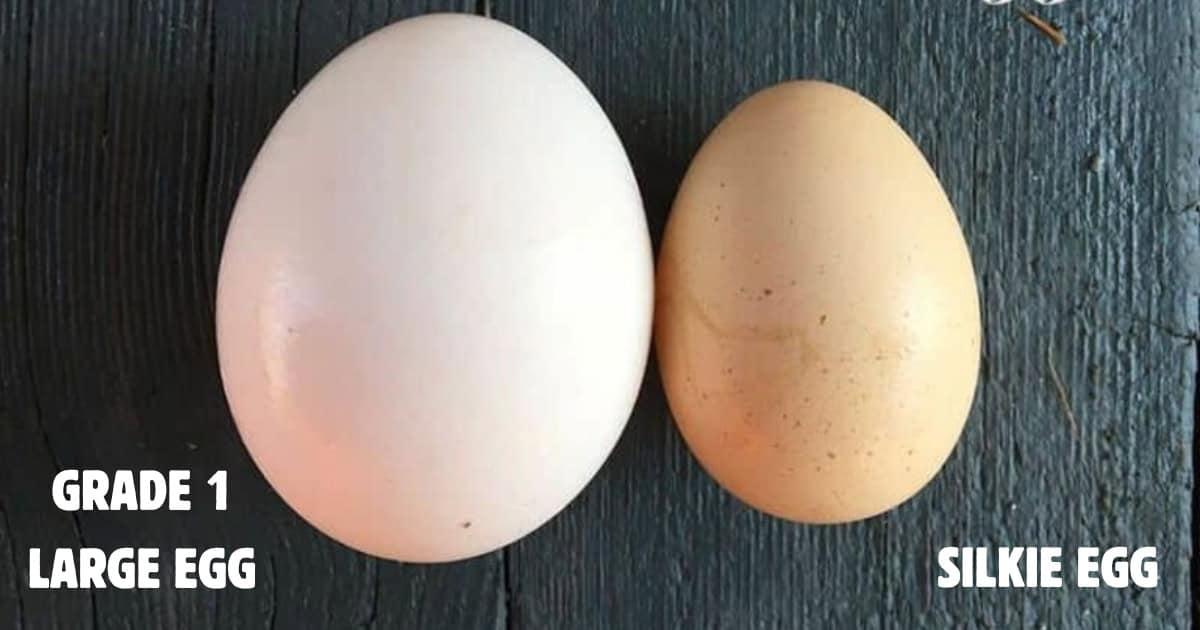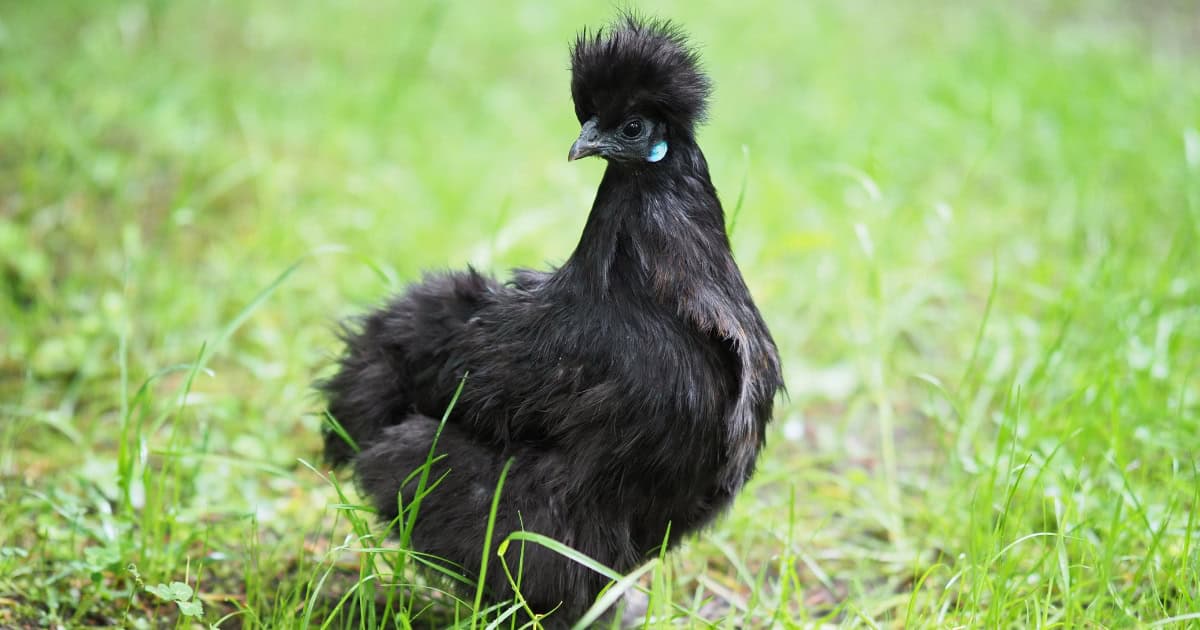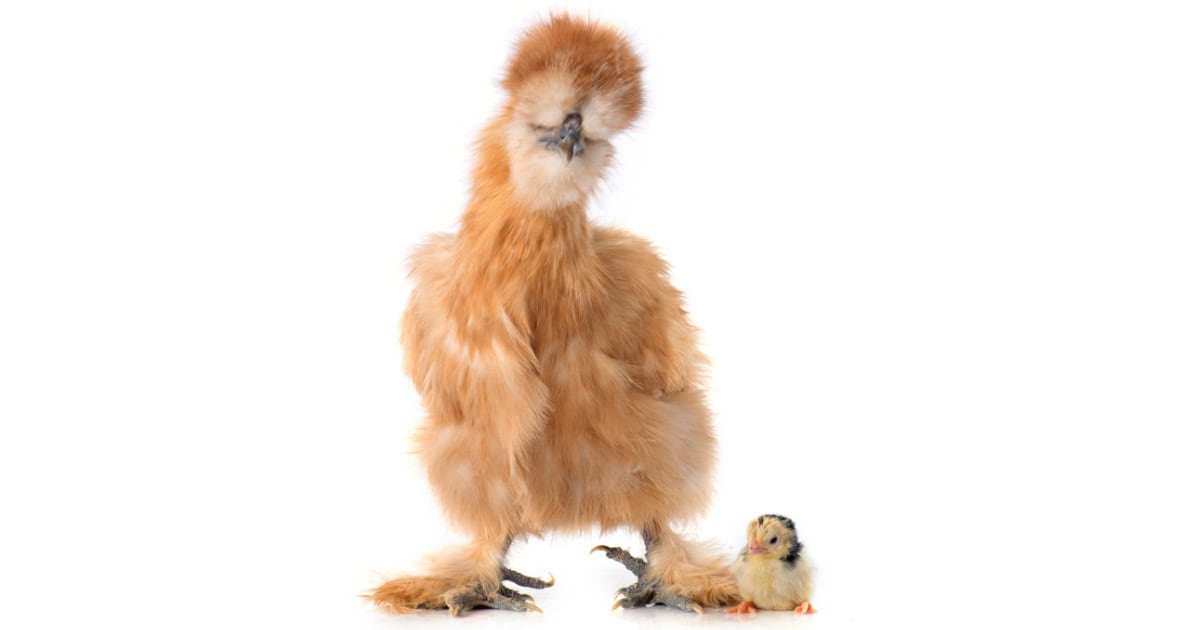Chickens
A Closer Look Into The Fascinating: Silkie Chicken Breed
Silkie Chickens
Chinese Silk Chickens, also known as Silkie or Silky chickens, are a popular backyard pet.
They are a commonly found, ornamental breed. Silkies are known for being fluffy!
They are named ‘Silkie’ because of their soft silk-like feathers which are more like fur or the down of other birds.
History
Silkies are one of the oldest chicken breeds still in existence. Silkies originated in Asia although it is uncertain where.
Some people suspect they were around in the Chinese Han Dynasty in 206BC. Explorer Marco Polo first brought Silkies to Europe 700 years ago.
People were amazed to see a furry looking chicken!
They were sold to people as ‘bird-mammals’, fooling unsuspecting customers by claiming they were a cross between a chicken and a rabbit.
Breed Varieties
Silkies are classified as an Asiatic breed.
The British Poultry Standard of Perfection officially acknowledged Silkies is 1865 while the American Poultry Association accepted Silkies in 1874.
The Australian Poultry Standard only began to acknowledge Silkies in 1998.
There are bantam and non-bantam types of Silkie. In North America, all Silkies are classified as bantams.
There are also bearded and non-bearded varieties.
Bearded Silkies have a fluffy beard around their face and small wattles, whilst non-bearded Silkies have large wattles.
Silkie Colours

Silkies can come in solid colours or in patterns. Those officially recognised are either:
- Black
- Blue
- Grey
- White
- Buff
- Partridge
- Splash.
Also (unofficially) available is lavender, gold, red and cuckoo.
Silkies for Sale in Australia
Being one of the most common breed of Chickens, getting a Silkie or a few of them will not be a challenge.
The proper steps should still be taken to ensure you are buying off a reputable breeder/seller, so your chooks are healthy, happy and will provide you will a lot of fun and plenty of delicious eggs.
Silkies can be found through websites like gumtree and other businesses or they can be found more locally from community sellers and breeders.
Appearance
Silkies are most recognisable by their fluffy feathers. They even have feathers on their feet. Silkies’ feathers lack barbicels.
These are the tiny hooks that keep feathers neat and held together. This gives Silkies their furry appearance.
They have broad bodies with five toes instead of the typical four found on most other chicken breeds. Their skin and bones are black. Their beak is short.
Silkies have a walnut shaped comb. The comb and their wattles are black or mulberry in colour.

Size
Silkies are a light weight chicken. Males will weigh around 1.8kg and females will weigh 1.3kg. Bantam males are 600g and females 500g.
Temperament
Silkies, including the males, are well known for being docile and easy to approach.
Due to their friendly nature, they are prone to being bullied by other breeds of chicken. It is best to keep them with similar breeds (such as Polish chickens).
They are also more likely to get along with chickens they have grown up with.
If you are mixing Silkies in with other breeds, keep an eye on their interactions and separate them if needed.
Silkie hens can get very broody. They will happily sit on any eggs and are used by many to hatch either chicken eggs or eggs from other poultry.
Silkie Health
In general, Silkies are very healthy chickens. They can live 4-9 years, living longer if taken care of and fed well.
Silkies are prone to Marek’s Disease which can lead to balance loss and paralysis. Some owners choose to vaccinate their chickens.
Silkies have vaulted skulls, meaning their skull goes upwards instead of being round like most animals’ skulls.
This means their heads are very delicate. If they are pecked on a particular spot on their head, it can cause major injury or death.
Because Silkies are so fluffy, mites and lice are common. You should check them often. Allowing them to dust bath regularly can help to prevent this.
Sometimes the feathers around their eyes, feet and rear end can become too long or dirty. These feathers will need to be trimmed and cleaned.
Silkie Chicken Eggs
Unfortunately, Silkies are relatively poor egg layers.
They will lay around 3 eggs per week, with some Silkies not laying at all over summer. Their eggs are small to medium in size and cream or white in colour.

Are they Good Pets?
Silkies make great backyard pets!
They are happy to sit on your lap or follow you around the yard, bonding with their owners.
They are also tolerant of being picked up and fast movements. This makes them a great pet for young children, seniors, people with special needs and those who have no experience with chickens.
They are also very quiet. Some roosters never crow at all whilst others begin at around 7 months old.
Silkies are happy to be confined in smaller areas compared to other breeds. They should be given time each day to roam around the yard and forage.
They cannot fly and can jump a few feet into the air, meaning they can be kept behind fairly short fences.
Because they can’t fly, they will need a ramp into their coop and low roosting poles.
The Somerzby Mansion will happily house up to six Silkies, with a ramp and low roosting poles to accommodate their needs.
They are known for being hard to sex. Whilst breeders can try to guess if you are buying a male or female, it is not certain until they are six months old.

Because their feathers don’t stick together, they are not waterproof.
If your Silkie gets wet, you will need to towel or blow dry it. If you do this regularly enough, most will begin to enjoy the experience.
The Somerzby Homestead has a run with a roof. This will allow your Silkies to roam undercover on rainy days without getting wet.
Their thin feathers mean that they don’t like the cold. Whilst they can handle temperatures down to 0 degrees Celsius.
If it is too cold it may be a good idea to add heating to your coop or bring the chickens inside overnight. Somersby pet crates can be used to temporarily house chickens in these situations.







I love Silky chicks and have 9 of my own. A hen is sitting on 6 eggs. I was hoping to find out how long before they hatch and is there anything I need to do extra for mother hen or babies after they hatch.
Thank U very much for your article.
Beautiful
My splash silkie laid her first 2 eggs tonight mins apart and the second one was soft it popped when she walked on it. Is this normal
YAYAYAAYAYA CHICKENS!!!
I have had silkie bantams from age 11 I’m 59 and breeding again showed got told mine are bantams lol now looking into standard silkies 😬